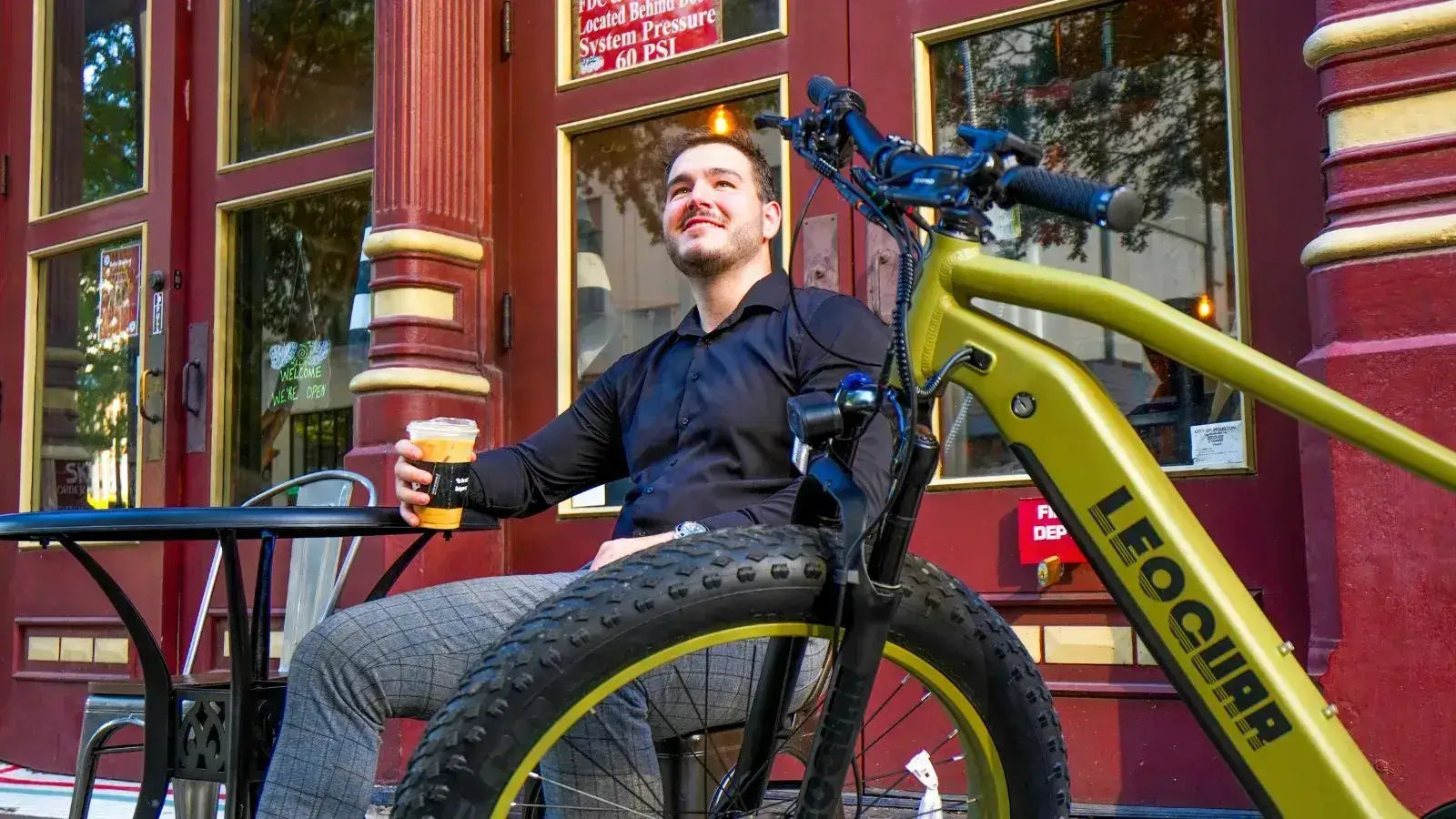
Electric Bike Weight Limit Explained: How Much Can They Really Hold?
When you look for an electric bike, you need to ask one important question: Can it safely support me? Many heavier riders and people who want to carry lots of cargo worry about this. The good news is yes, there is an e-bike for you. Most standard electric bikes can hold 250-350 pounds, but more companies are making heavy-duty models that support 400 pounds or more.
This guide will help you understand everything clearly. We will explain what weight limits mean, why you must follow them for safety, what makes a bike strong enough for heavy loads, and how to pick the right ebike with confidence.
Typical Electric Bike Weight Limit and Capacity Ranges
Not all e-bikes are the same. The electric bike weight limit changes a lot based on what the bike is made for. You need to understand one key term first: Total Payload Capacity. This means the most weight the bike can safely hold, including you, any cargo, and all extras like locks, bags, and water bottles. Always add up your total expected load, not just how much you weigh.
Here are the typical weight limits for different e-bike types.
| E-Bike Type | Typical Weight Limit (lbs) | Typical Weight Limit (kg) | Best For |
|---|---|---|---|
| Standard/Commuter E-Bikes | 250 - 300 lbs | 113 - 136 kg | Daily errands, commuting |
| Folding E-Bikes | 220 - 275 lbs | 100 - 125 kg | Portability, multi-modal travel |
| Electric Mountain Bikes (eMTBs) | 275 - 325 lbs | 125 - 147 kg | Off-road trails, rugged terrain |
| Fat Tire E-Bikes | 300 - 400+ lbs | 136 - 181+ kg | Heavier riders, all-terrain stability |
| Cargo/Heavy-Duty E-Bikes | 350 - 450+ lbs | 158 - 204+ kg | Hauling groceries, passengers, heavy loads |
More companies now make bikes that can hold more weight. Safety rules like the European EN 15194 standard push makers to build and test stronger bikes, which makes safer products for everyone.
Safety and Performance Risks of Exceeding Your E-Bike Weight Limit
You might want to ignore the weight limit if you are only a little bit over it. We strongly tell you not to do this. The electric bike weight limit is not just a suggestion - it is a critical safety rule. Going over this limit puts you and your bike in serious danger. Here is why you must stay within the limit.
Structural failure is the worst risk that can happen. A bike carrying too much weight is always under stress, especially where parts are welded together. This can cause cracks or complete failure while you ride, which can hurt you badly. Wheels are not built to handle extra weight, and too much load can break spokes, bend rims, or make wheels collapse completely.
Your brakes work differently when you go over the weight limit. The brakes are set up to stop a certain total weight in a safe distance. Every extra pound makes the brakes work harder to stop you. This makes stopping distances much longer, which can be the difference between staying safe and having a serious accident, especially in traffic or going down hills.
The motor and battery also suffer when you carry too much weight. When the bike is loaded too heavy, the motor works much harder to reach and keep speed, especially on hills. This hard work drains the battery much faster, cutting your expected range and possibly leaving you stuck far from home.
Every part on a heavy bike wears out faster. Tires wear down quicker and get flat more often. Spokes get loose or break. The shock absorbers stop working right and wear out early. The chain, gears, and other moving parts stretch and wear out much faster, making shifting poor and repairs expensive and frequent.
We always tell you to follow all safety labels and weight limits from makers, which follow safety rules like those from the (U.S. Consumer Product Safety Commission) CPSC guidelines.
The Anatomy of a Strong Electric Bike for Higher Weight Limits
What makes a heavy-duty e-bike strong? The electric bike weight limit is not just a random number - it comes from specific design choices and part selections. Understanding these parts helps you look past the marketing and judge a bike's real ability.
Frame Material and Design
Frame material matters, but design is more important. Most e-bike frames use aluminum because it balances strength, weight, and cost well. For high-capacity bikes, look for frames made from 6061 or 7005-grade aluminum. Steel frames weigh more but offer natural flex and extreme strength, making them great for cargo models. More important than material is the engineering. Look for extra support at key joints like the head tube and bottom bracket, as these small additions make the structure much stronger.
Wheels, Rims, and Spokes
The wheels carry all the weight. A high-capacity e-bike needs strong wheels. This means double-walled rims, which have internal support to resist bending and impact. Spoke thickness also matters a lot. Standard bikes might use lighter 14g spokes, but heavy-duty e-bikes should use thicker, stronger 12g or 13g spokes, especially on the back wheel where the motor and your weight focus. More spokes (32 or 36) also help spread the load more evenly.
Powerful, Reliable Brakes
For heavier loads, standard mechanical disc brakes might not work well enough. Hydraulic disc brakes are the best choice for high-capacity e-bikes. They give much more stopping power with less hand effort, working better and more reliably in all weather. Look for larger brake rotors (180mm or 203mm) as they handle heat better and provide more leverage, improving braking force even more.
Motor Power and Torque
A powerful motor is needed to move heavy loads without strain. While a 500W motor can work, we suggest a 750W motor for riders over 250 pounds or those who ride hills regularly. More important than watts is torque, measured in Newton-meters (Nm). Torque is the turning force that gets you moving from a stop and pulls you up hills. Look for a motor with at least 80 Nm of torque for confident performance under load.
Suspension System
Good suspension absorbs bumps and vibrations, making rides more comfortable and controlled. For heavier riders, air-sprung forks often work better than coil-sprung ones because you can adjust the pressure exactly to match your weight. This stops the fork from bottoming out on bumps and makes sure it works right.
Saddle and Seatpost
Comfort is key to enjoying your ride. A wider, more cushioned saddle gives better support. Also check that the seatpost is made from strong, high-quality metal and is long enough to get proper leg extension for good pedaling.
How to Choose an Electric Bike Within Your Weight Limit
With this knowledge, you can now pick the right ebike. You can break the process into a few logical steps to make sure you find a model that is safe, comfortable, and meets all your needs.
Step 1: Calculate Your Total Payload
Start with an honest look at your total weight needs.
- Your weight
- Weight of any passengers (like a child in a seat)
- Maximum weight of cargo you plan to carry (groceries, work gear, camping equipment)
- Add about 15 pounds for accessories (heavy-duty lock, bags, water bottles, etc.)
Add these numbers to get your minimum required payload capacity. We suggest choosing a bike with a weight limit that is at least 20-30 pounds above this number to provide a safety buffer.
Step 2: Match to E-Bike Type
Look back at our table of e-bike categories. Your required payload will quickly narrow your choices.
- Need to carry over 350 pounds? You should look almost only at Fat Tire and Cargo/Heavy Duty ebikes.
- Between 275-350 pounds? A strong Fat Tire e-bike or well-built eMTB could work.
- Under 275 pounds? A high-quality Standard/Commuter e-bike might work, but you must still check the specific model's limit.
Step 3: Check Key Components
Do not just trust the advertised number. Use your knowledge from the previous section to look at the bike's build quality. Ask the maker or store specific questions:
- What gauge are the spokes?
- Are the rims double-walled?
- What is the motor's torque rating in Newton-meters?
- Are the brakes hydraulic, and what size are the rotors?
A good brand that serves heavier riders will have this information ready.
Step 4: Test Ride If Possible
Nothing replaces a test ride. This is your chance to feel how the bike handles your weight. Pay attention to:
- Braking: Do the brakes feel strong and quick to respond?
- Frame Flex: Does the bike feel solid and stable, or do you notice bending during turns or speeding up?
- Speed: Does the motor feel strained, or does it speed up smoothly?
- Comfort: Is the saddle supportive? Is the riding position comfortable?

Pro Tips for Heavier Riders and E-Bike Weight Limit Safety
Once you have your perfect e-bike, a few changes and care habits can greatly improve its performance, safety, and how long it lasts.
Check tire pressure regularly. Proper tire pressure is the most important thing for performance and safety. Heavier loads need higher pressure to prevent flats and reduce rolling resistance. Check your tire's side for the recommended PSI range and use a floor pump with a gauge to check it at least once a week.
Adjust your suspension if your bike has an air suspension fork. Use a shock pump to set the pressure according to the maker's guide for your weight. This makes sure the suspension works as intended, giving comfort and control.
Break in your brakes properly. New disc brakes need to be bedded in to reach full power. This means doing controlled hard stops to transfer pad material onto the rotor. Follow the maker's steps.
Do maintenance more often. A bike carrying heavier loads wears more. Plan to check your brake pads, chain, and tires more often than a lighter rider would. Regular cleaning and oiling of the chain and gears will also make them last longer.
Ride smart by looking further down the road to expect stops and slow down gradually. This reduces stress on your brakes. When going up hills, shift into an easier gear before you start the climb to reduce strain on the motor and chain system.
Frequently Asked Questions
1. Can a 300 lb person ride an e-bike?
Yes, absolutely. Many e-bikes, especially fat tire, cargo, and heavy-duty types, are built with an electric bike weight limit of 300 pounds or more. The key is checking the specific model's payload capacity to make sure it meets your needs.
2. What happens if you are too heavy for a bike?
Going over the weight limit can cause many problems, from poor performance and shorter battery life to faster wear on parts. Most importantly, it creates a major safety risk, with possible brake failure or frame and wheel collapse.
3. Do fat tire e-bikes have a higher weight limit?
Yes, they usually do. The wide tires, strong frames, and tough wheels commonly found on fat tire e-bikes make them naturally more stable and durable, letting makers build them for higher electric bike weight limits, often in the 300 to 400+ pound range.
4. How do I find the weight limit for a specific e-bike?
The maker should list the total payload capacity on the bike's product page on their website. It is often in the Specifications or Tech Specs section. If you cannot find it, contact their customer service directly. Do not buy a bike without confirming this number.
5. What is the difference between rider weight and payload capacity?
Rider weight is just how much you weigh, while payload capacity includes your weight plus any cargo, passengers, and accessories. Always calculate your total payload, not just your body weight, when choosing an e-bike.



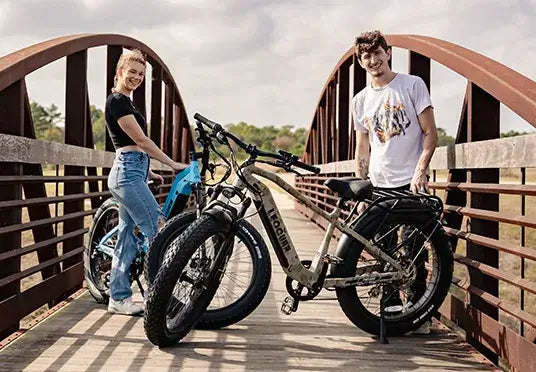
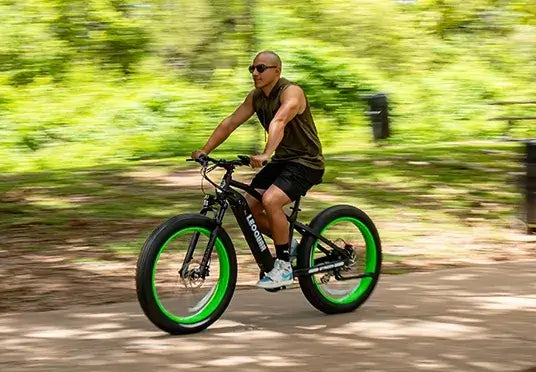
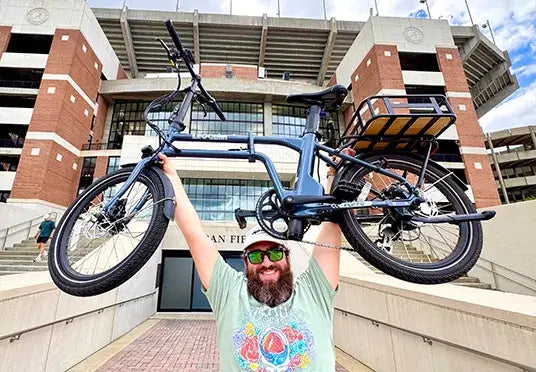
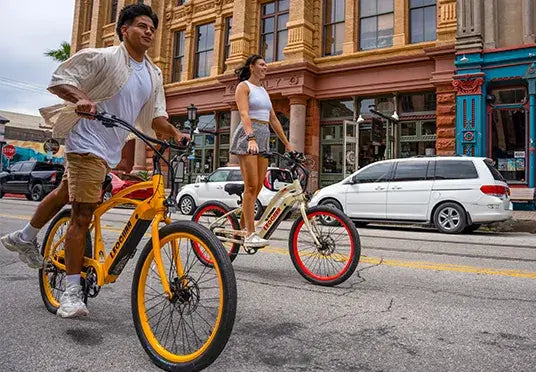
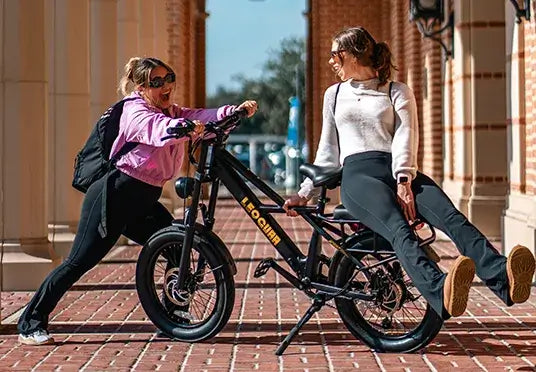
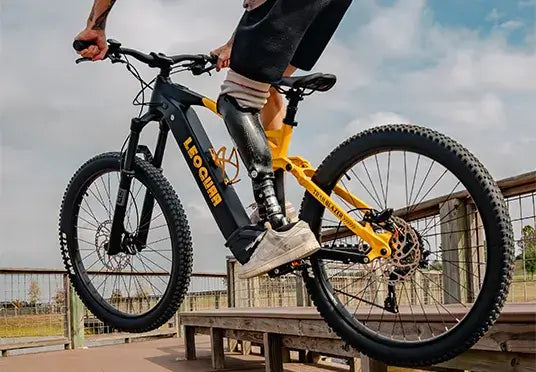
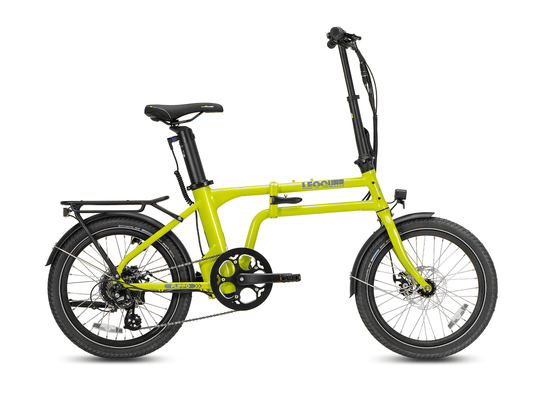
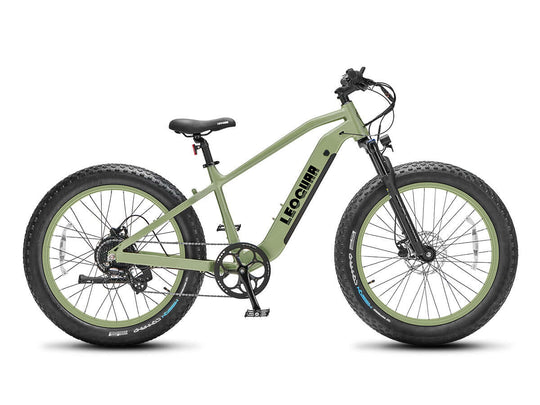
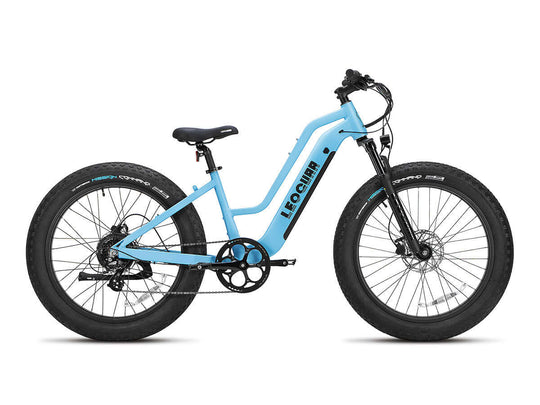
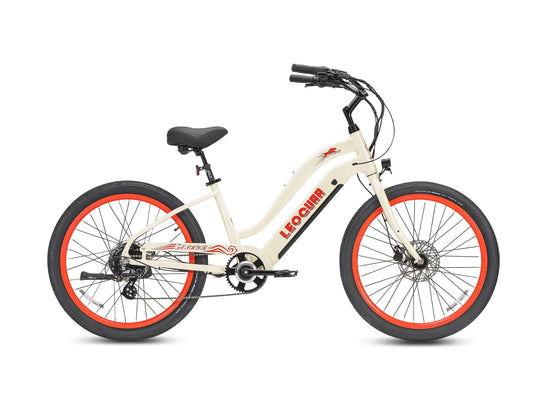
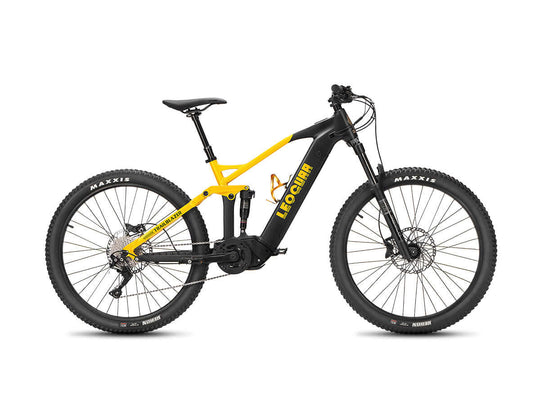
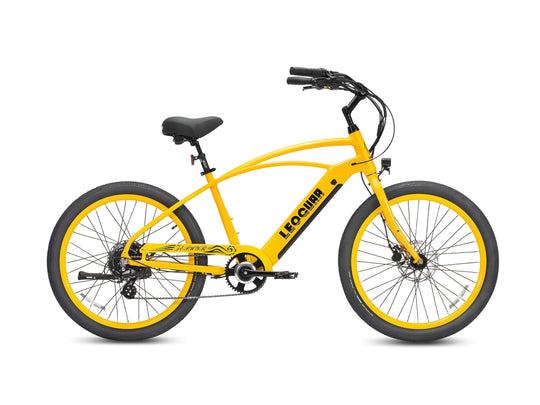
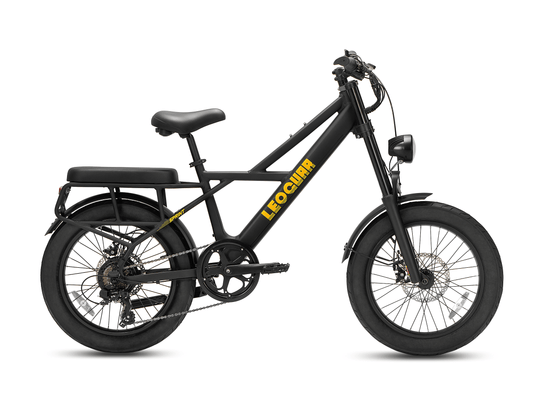
















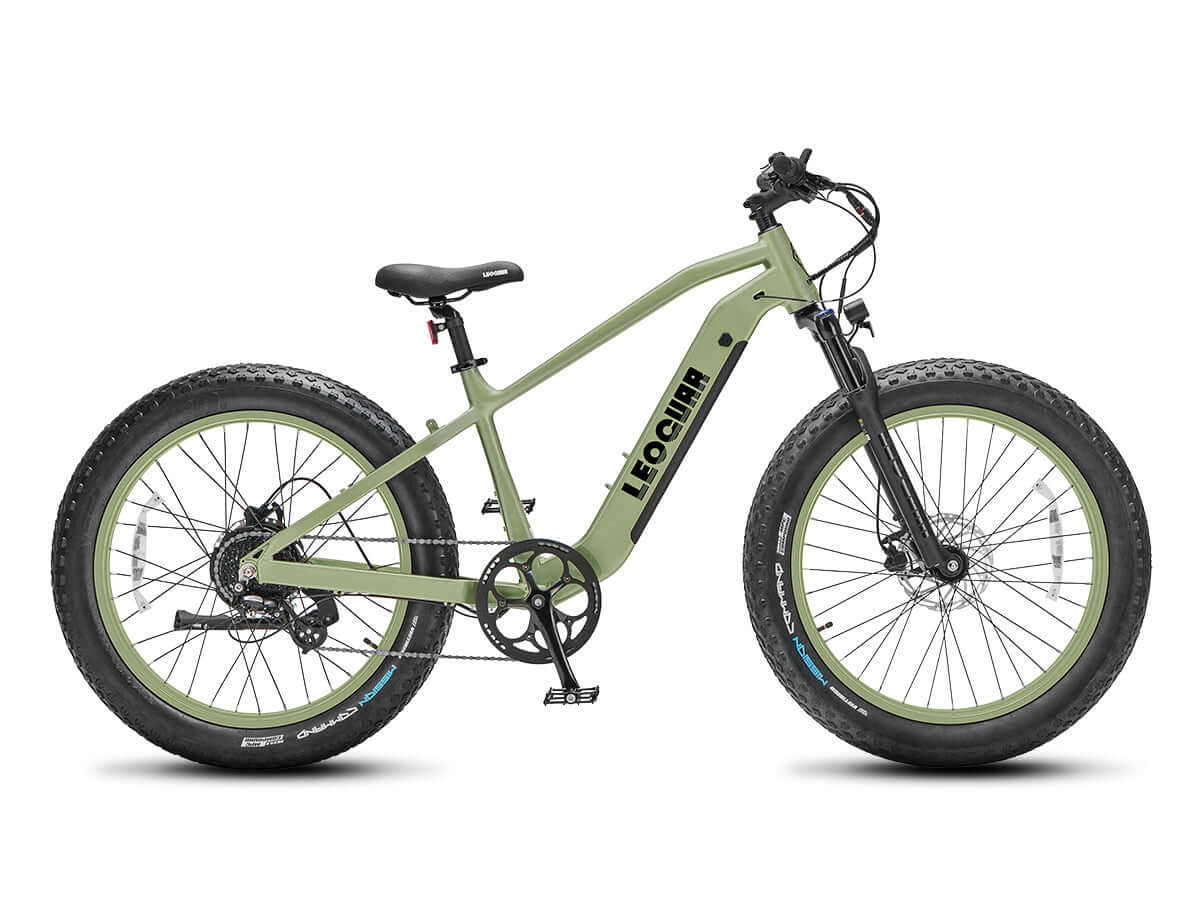








Leave a comment